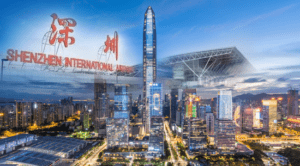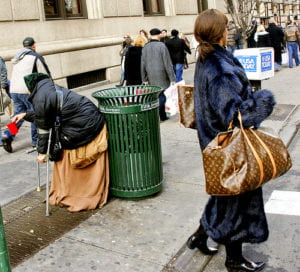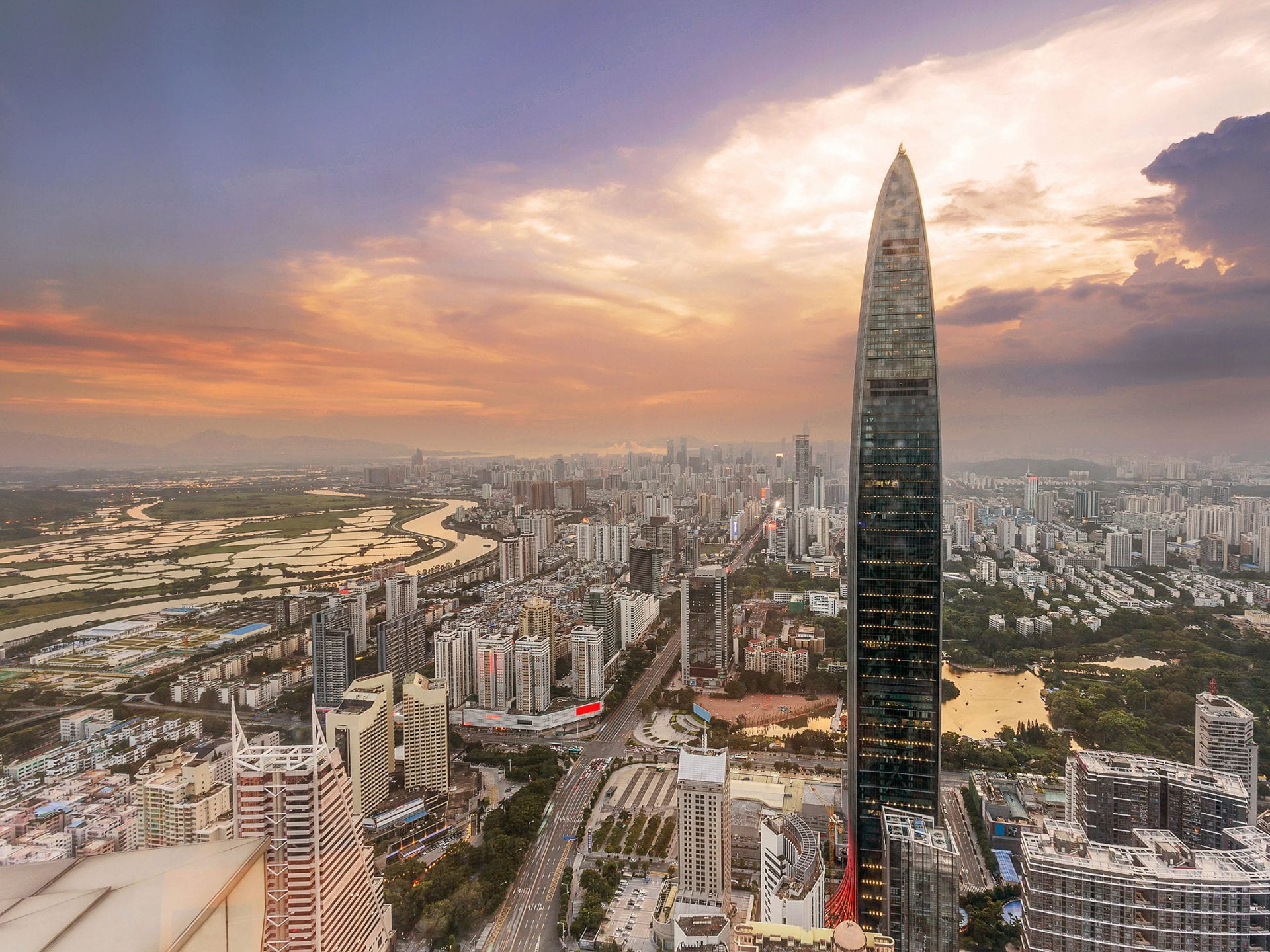Roy discussed the interlocked practices of worlding, and used three Asian cities as examples for further explanation. It’s very appropriate for Roy to summarize that Shenzhen is shaped by a key trope: speed. As China’s first special economic zone, Shenzhen has ushered in rapid development in recent decades, and is famous for its fortified factories which can manufacture products at unmatched speed. When Roy described the scene in conference that “Shenzhen reporters quite boldly imagined Shenzhen as the global city of the future” (pp. 315), I was not surprised at all. Typically, many people are proud of the rapid development of Shenzhen, but they need a set of authoritative evaluation systems to prove the status of Shenzhen and to serve as a source of their pride. Therefore, they eagerly hope Shenzhen to become a world-class city comparable to New York in the future. Such awareness prompts them to recognize Shenzhen’s position as “world’s workshop”, which helps accelerate the self-worlding practice of Shenzhen at the same time.
When those Shenzhen reporters told the scholars that they regarded the migrant workers as the symbol of Shenzhen, they felt surprised because the migrant workers are “disavowed subaltern subject of Shenzhen’s prehistory” (pp. 318). Although Roy discussed the underlying reasons behind the reporters’ answer (influenced by the Time magazine of that year) and sensibly viewed this designation also as part of the worlding practice, I think his point of view is not completely right. In fact, migrant workers have never received enough attention from the society. They are always unrecognized, disavowed groups under the shadows, which only receive temporary attention when they are reported by well-known media. Every year, there are workers’ strikes and collective protests in Shenzhen because of unreasonable work intensity and wages. In 2018, a sensational and heated event of workers’ rights defense (Read more here) was ultimately reported as an illegal activity funded by foreign forces by the authorities, and all social discussions ended at that time. The cases that occurred in the Foxconn factory are just the epitome of the fate of “Chinese workers”.
Deep related with the Shenzhen’s prehistory, counterfeiting industry, can also be seen as a homegrown and subaltern subject just as the migrant workers. No one can deny the harm and negative influence of the counterfeiting industry, but it’s indeed an integral part of the development of Shenzhen. Viewed by the outside world, “Shenzhen speed” always bears the imprint of intellectual property theft. There’s a CNN news report about Shenzhen in November 2018, which was titled “Inside China’s Silicon Valley: from copycats to innovation”. (Read more here) This news pointed out that while genuine innovation is happening in Shenzhen, the counterfeiting industry is still massive. Actually, to achieve the mass dream of world-class Asian city, Shenzhen inevitably takes advantage of this force.


